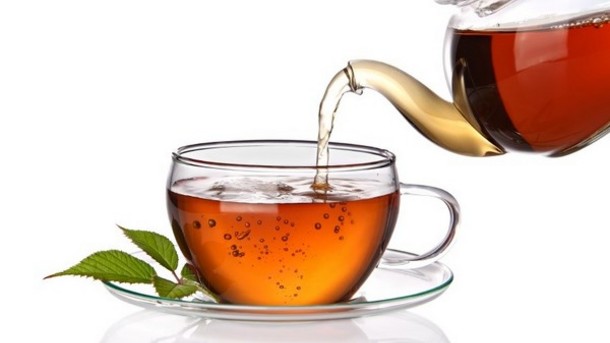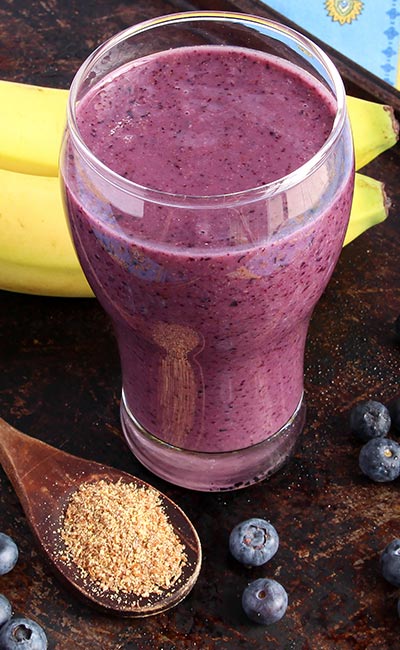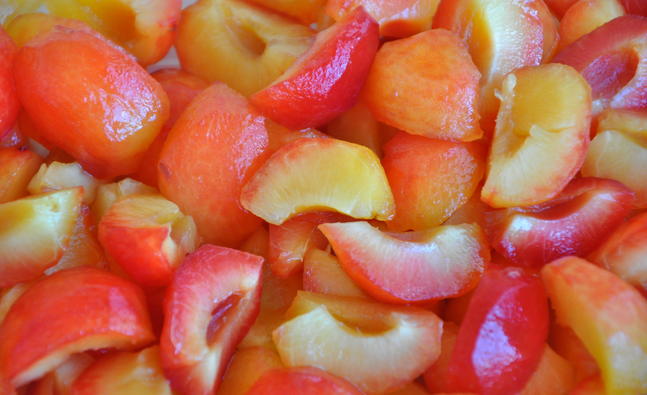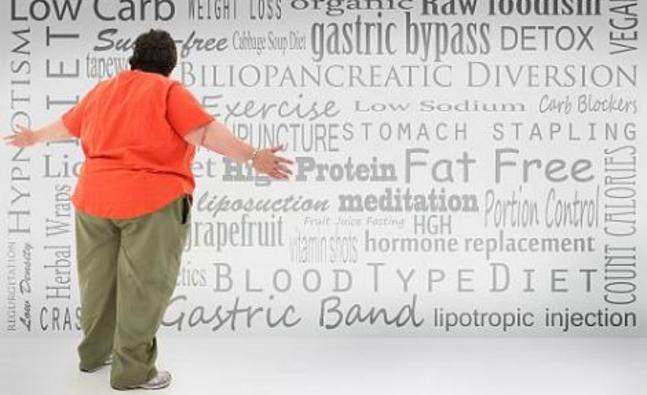9 Eating Habits That Are Derailing Your Weight-Loss Efforts
The occasional dietary splurge isn't what really thwarts most women's weight-loss efforts. It's the so-called "healthy" weight-loss strategies we use, convinced they'll help us cut calories, slim down, and get healthier—only to see our scales stay put. (Or worse, go up.) Frustrating? Yes. Easy to remedy? Absolutely. Just keep an eye out for these habits—and then nix them accordingly.
Eating Gluten-Free Pastas and Baked Goods
"Gluten-free pasta made with whole grains—i.e., whole grain brown rice, quinoa, etc.—are absolutely fine alternatives to regular pasta," says Jaclyn London, M.S., R.D., senior clinical dietician at Mount Sinai Hospital. "But otherwise, there's nothing necessarily healthier about gluten-free pasta." In fact, it's often lower in protein and fiber than its whole-wheat alternative. The same holds true for gluten-free baked goods, especially since they can contain more butter and sugar—along with additives (like xanthan gum) that help with leavening.
MORE: Gluten-Free Foods That Make You Gain Weight
Exercising Sans Carbs
Low-carb foods might help some women shed a few pounds—but they'll backfire if you're kicking it in the gym. "High-intensity exercise requires carbohydrate fuel, and high-intensity training is what sculpts your body," says dietician Susan M. Kleiner, R.D., Ph.D., a scientific consultant with USANA Health Sciences. "Low-carb diets and long-duration endurance training can actually lead to fat gain over time, rather than fat loss."
Using Zero-Calorie Sweeteners
It's a super-easy way to cut calories in the short-term, but it’s not a smart strategy in the long-term. "Non-caloric sweeteners don’t fool your brain," says Kleiner. “The sweet taste sends a message to your brain to expect calories. When calories don't arrive, your brain will drive you to eat to make up the difference." That doesn't mean you should stick with refined white sugar. Instead, try raw sugar, honey, or maple syrup (in moderation, of course) to sweeten your dishes.
MORE: 30 Smart Sugar Substitutes—And When to Use Them
Missing Breakfast
"Skipping breakfast is the easiest way to set yourself up for a binge later in the day," says London. "R.D.s are consistently hearing, 'I'm not hungry for breakfast!'—but your whole eating cycle and satiety cues are derailed by inconsistency." Make sure to get some protein in that first meal, too, to get your metabolism going for the day.
Drinking Juice
Sorry, juicing fanatics. "Any type of juice, no matter the labeling, undergoes a process by which the healthy part of the fruit or vegetable—fiber—is removed, and the only thing that remains is sugar," says London. "I'd much rather you eat your calories as opposed to drinking them since there's no satiety benefit of drinking calorie-containing beverages." In other words, you won’t feel nearly as full as if you’d eaten the same amount of fruits and veggies as are in your juice.
Not Reading Labels
"Dried fruits, granola, foods with added flax—it doesn't matter what nutrition-related buzzword is on the packaging, it still may be loaded with calories from fat and added sugars—not to mention a high sodium content," says London. Case in point: Foods sporting the yellow Whole Grain Stamp are typically higher in sugar and calories than whole foods without it, according to a recent Harvard School of Public Health study. So even if it looks healthy, read the nutrition label before you buy something—and always check out the recommended serving sizes, suggests London.
Forgoing the Post-Workout Snack
We know you want to burn more calories than you're taking in. But to do that, you have to restock your energy reserves after a workout. "Recover with carbs and protein after exercise," says Kleiner. "These nutrients and calories go straight back to the hard-working muscle, preparing you for the next day’s effort. Recovery nutrition will also keep your metabolism higher, burning more calories for the rest of the day." Plus, it'll also help keep your appetite under control.
Thinking 'Salad' Automatically Means 'Healthy'
This is especially true when it comes to restaurant menus. "Added calories in salads come from dressing, nuts, croutons, tortilla strips, avocado, dried fruit, cheese, and high-fat meat," says London. No, these ingredients aren't evil. But if you have too many of them in the same salad, you may be sabotaging your weight-loss efforts. "Sometimes, it's better to just go with the sandwich or the burger if that's what you’re really craving," says London. "The sneaky, deceptive calories in salads can add up quickly."
Thinking Less is More
In terms of calories, that is. "Underfueling slows your metabolism, and you lose less—not more," says Kleiner. When trying to lose weight, you should aim to take in about 300 fewer calories than you burn a day. "This will keep your metabolic rate high, helping you to burn more calories and lose more fat."
More from Women's Health:
5 "Healthy" Snacks That Are Keeping You From Losing Weight
10 Diet Myths That Are Making You Gain Weight
6 Smart Snacking Habits That Can Help You Lose Weight
-
Stay Trim With Honey And Lemon
Do you feel sad to find your old jeans not fitting anymore? Try lemon
-
Are grapes good for weight loss?
-
PETA Is Fat-Shaming Women Into Going Vegan
Last week, news broke that certain types of emergency contraception do
-
Working Out But Still Can’t Lose Weight? You’re Not Alone
Implementing physical activity is crucial if you want to keep your bod
-
6 Ways to limit weight gain during the holidays
-
New weight loss drug launched in US
- DON'T MISS
- Fashionable Nutrition Myths: Pills, potions and shakes
- Make your own Ayurvedic detox tea
- The Dangers of Waist Training
- Safety questions about fad diets
- Prevent weight gain with one course meals
- The Food Swaps I Made to Lose Over 90 Pounds and Feel Healthier Than Ever
- 3 Simple Ways To Get Rid Of Back Fat
- Prevent weight gain by avoiding snacks
- 3 Braai day skinny snacks
- Does Metformin Help You Lose Weight?




